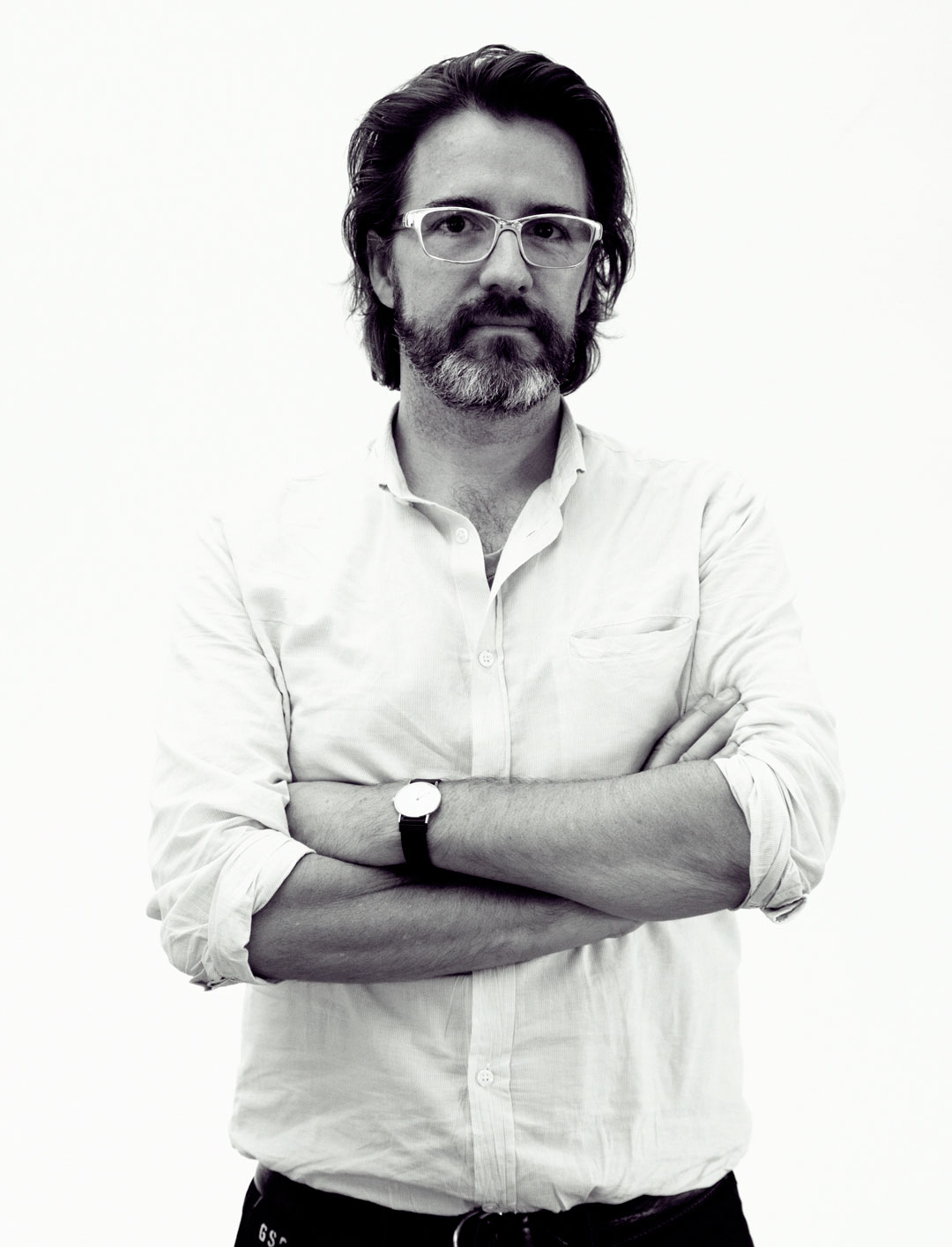
'Street dance is crucial' – Olafur Eliasson on Harlem Gun Crew, his teenage years and the Experience of space
Eliasson doesn’t hide his early breakdancing achievements; instead he incorporates them into his artistic career
“As a teenager I became very interested in street-dance culture and was active on the Scandinavian breakdance scene,” the artist Olafur Eliasson tells his friend and collaborator Anna Engberg-Pedersen in our new book, Olafur Eliasson Experience.
This admission is a slight understatement. In 1984, the nascent artist’s three-man troupe, Harlem Gun Crew, actually won the Scandinavian breakdancing championships.
Rather than dismiss this teenage achievement, Eliasson values his early foray into performance, seeing it as a key part of his artistic development.
“Using my body in the urban landscape brought new perspectives to my relationship with Iceland and also had consequences for how I think of architecture and space,” says the Danish-Icelandic artist, "the embodied perspective championed by street dance is crucial here."
He had made landscape paintings prior to Harlem Gun Crew's success, and his teenage breaking drove him to consider both the experience of moving though a particular place, as well as the ephemeral quality of some artworks.
“At that time I was also reading a series of books published by the Academy of Fine Arts in Copenhagen, especially Jean Baudrillard,” Eliasson goes on to say, “later I’d move on to Maurice Merleau-Ponty and Henri Bergson.
“One book was seminal – Lucy Lippard’s The Dematerialization of the Art Object from 1966 to 1972. This book started my thinking about ephemeral phenomena, about how to dematerialize the artwork and re-frame it as a set of relations. It also led me to more fully acknowledge the body’s potential for action in space.
His teenage breaking might not be the sort of thing you’re likely to see in any fine art institution any time soon. Yet, by seeing the simple experience of moving through an environment as artistically valid, Eliasson went on to discover other, more pertinent artists and artworks.
“I got to know the work of artists from the American West Coast who were part of the Light and Space movement, in particular Robert Irwin and James Turrell,” he says in our book, “their work unexpectedly reactivated my relationship with the Icelandic landscape.”
Today, you can see how all these elements come together in works such as Your Embodied Garden, and 2013 film shot in China, in which Olafur worked with with a group of collaborators including landscape architect Günther Vogt, writer Hu Fang, gallerist Zhang Wei, dancer and choreographer Steen Koerner, to explore new special relationships in horticultural spaces. It's fine art, though in a style that teenage breakers could enjoy.

For more on Eliasson's experiential art order a copy of Olafur Eliasson Experience here. And to see Olafur Eliasson talk at the Southbank Centre's Queen Elizabeth Hall in London on October 26 go here.